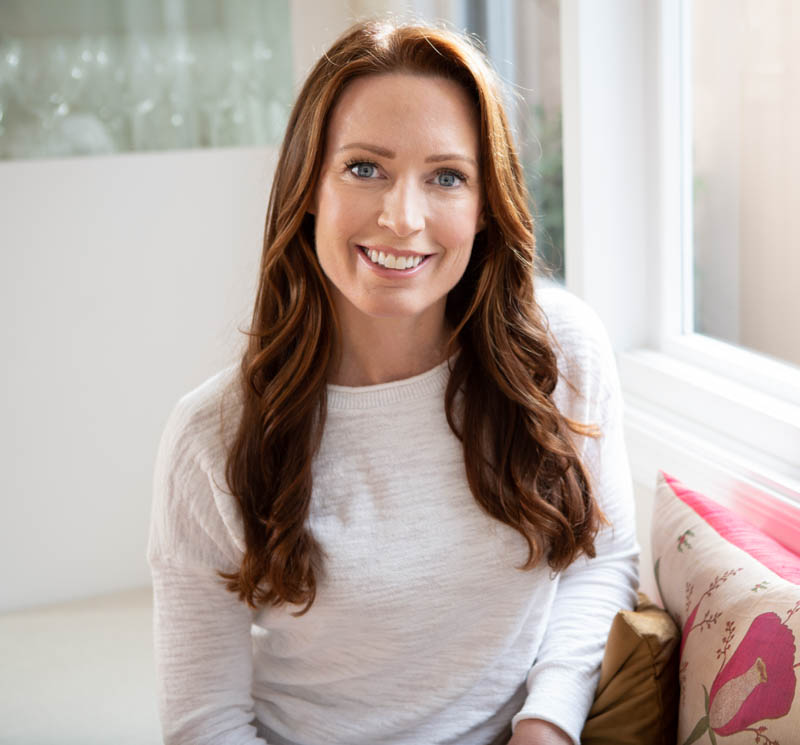Self-leadership is the ability to lead yourself without being influenced by external forces. Most of the time, our mood is determined by what’s going on around us, instead of coming from within. We’re in a good mood if people pay attention to us, if the stock market is ticking up, if there wasn’t traffic on the road to work, etc. But what if we could dictate our mood exclusively by our own will? Self-leadership starts with one word: kindness. Kindness is defined as the quality of being friendly, generous, and considerate. Affection, gentleness, warmth, concern, and care are words that are associated with kindness.
Connecting with Others
The journey to self-leadership through kindness really starts with awareness. While kindness has a connotation of meaning someone is naive or weak, that is not the case. Being kind often requires courage and strength. Kindness is an interpersonal skill. In order to start connecting on a deeper level and being more generous, you need to try to see things from someone else’s perspective; you need to be aware of yourself first, as well as others.
7 Steps to Self-Leadership
Step 1 — It Starts With You
The first step towards self-leadership is being kind to yourself. Anything you do to others, you do to yourself. If you’re critical and judgmental of others, you’re critical and judging yourself, too. A big component of the journey to self-leadership is self-care. Self-care is about making boundaries around your time and space to work on yourself. You can reflect on your belief systems, assumptions, emotional baggage—go deep within yourself and take time to reflect on what you may need to change in order to be kinder on yourself.
Step 2 — Self-Awareness
The second step is to slow down and connect to being kind to yourself in order to be kind to others. Being curious is a way of being kind by not making pre-judgments of others before they even have a chance to talk, but being willing to learn from them and gain connection with others. Check in with your feelings and be aware of what may trigger you to be unkind to yourself and/or others.
Step 3 — Breathing to Connect
To have joy, happiness, and feel a connectedness to others, you have to slow down and breathe. Being present with people helps you connect with them and better connect with yourself. Being giving means you need to breathe and connect on a deeper level. You need to elongate your breath and breath from deep within your belly, not just the top of your lungs. Read more about the benefits of breathing in my recent post.
Step 4 — Physiology
The fourth step towards self-leadership is your physiology. Are you open to others? When around people, do you have your arms crossed? Are you frowning? Is your tone of voice aggressive and closed off?
To have proper physiology, you want to stand upright, with your shoulders back so that your heart is open. This posture will allow you to connect deeper just through your posture. Collapsing of the shoulders is unfortunately common now with looking down to text, slouching at the computer all day, long commute driving, all which close off your heart. Being open and breathing gently will help you towards being kinder and gaining self-leadership.
Step 5 — Deep listening
We primarily talk with others at the surface level. A big factor in developing kindness and building a deep connection with others has to do with how we listen. Our goal with self-leadership is to get to the intuitive listening stage so that you can connect better with others. Learn how to intuitively listen by reading this blog post.

Step 6 — Embodiment
By working on the previous 5 steps, the goal is to have congruency in being kind. When you’re automatically in a mode to be giving, kind, generous, and considerate of others you’ve reached the congruent step. When you work through the steps properly, you’ll get to a point that when someone is being unkind to you, you do not respond like them. Having boundaries, slow breathing, open posture, and deep listening will help you have compassion for them. Combating unkindness with kindness may help others realize they need to take these steps towards self-leadership.
Step 7 — Contribution
Your ultimate goal of self-leadership is to look for ways to contribute and participate for good in society. Think to yourself, “How can I contribute here?” The highest level of Maslow’s hierarchy of needs is self-actualization. Once all our self-needs are met, we can contribute to the greater good. There’s a synergy that happens when you have your needs met so that you can then give back and connect on a deeper level.
This 7-step journey isn’t something done overnight or in a matter of weeks. It takes concentrated effort and practice to lead yourself in order to be kind to yourself and others.


